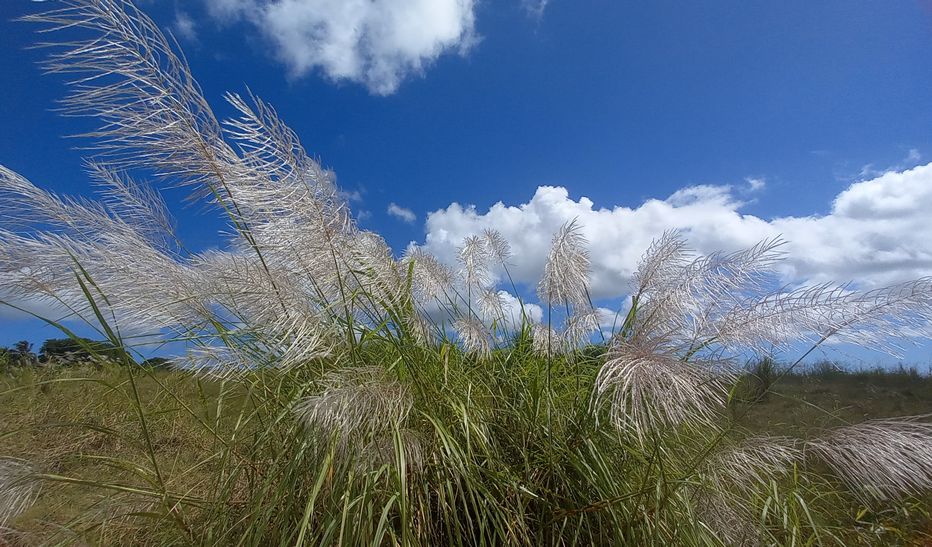Sugar cane arrows, these feathery plumes rising above green cane fields, are more than just striking silhouettes in the breeze. In Barbados, they carry echoes of centuries of sugar history. Once the island’s economic backbone, cane shaped the land, the culture, and the rhythms of life.

Today, arrows remind us of that legacy: the plant’s flowering stage, a symbol of maturity and renewal, waving across the landscape. They’re a fleeting but powerful sight, nature’s way of marking time in fields that have witnessed generations of change.
From the 1600’s to the 1900’s, sugar cane was central to our economy and identity. Sugar, rum and molasses made Barbados one of the jewels in the British colonial crown, and generated fortunes for English landowners on the island. The cultivation of sugar cane led to the creation of the plantation slave system, forever changing the island demographic.
These cane arrows are a living reminder of that history. For many Bajans, arrows evoke both pride and reflection, as symbols of endurance, change, and the island’s deep ties to the land.
Cane is featured in the Barbados Coat of Arms and the island’s annual Carnival season is the Crop Over Festival.
Find your ideal Barbados accommodation...






